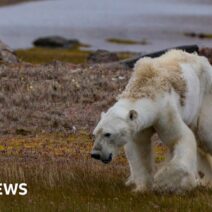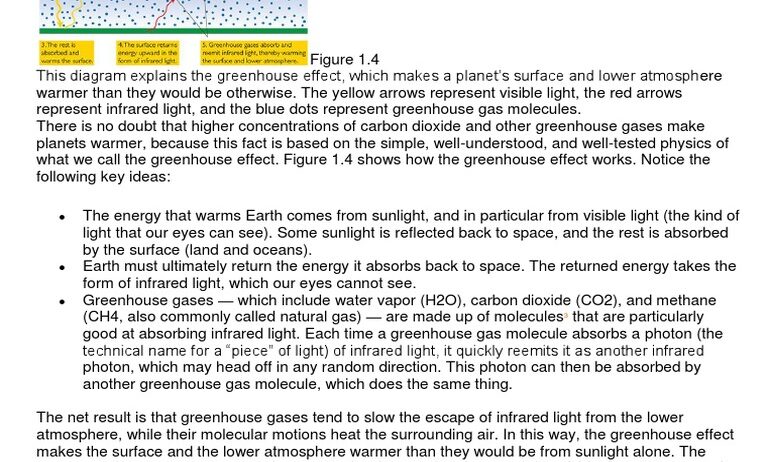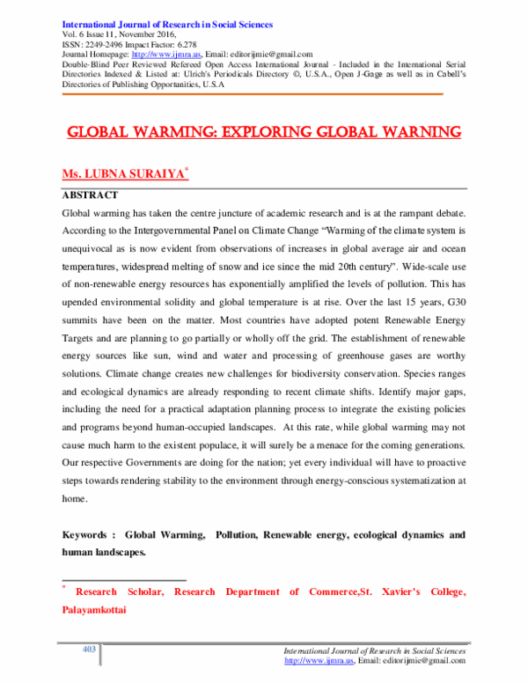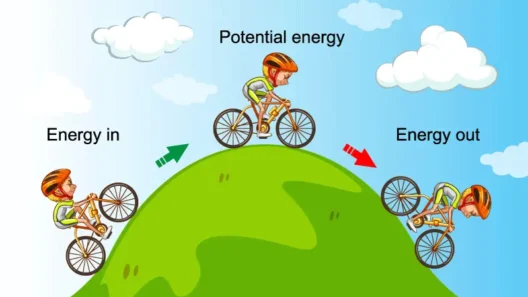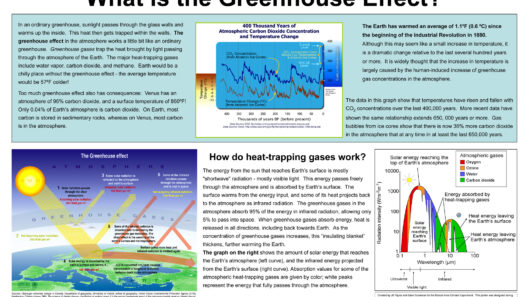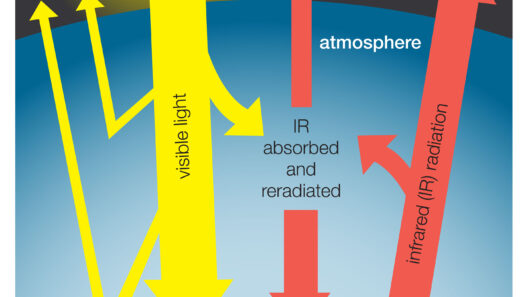Understanding the essence of carbon dioxide (CO2) as a greenhouse gas is crucial in addressing the multifaceted challenges posed by climate change. This article aims to dissect the properties of CO2, its role in the greenhouse effect, and the overarching implications for our planet’s atmosphere.
The Unique Properties of Carbon Dioxide
Carbon dioxide, while simple in its molecular structure (one carbon atom bonded to two oxygen atoms), exhibits complex interactions with Earth’s atmosphere. The molecule possesses distinct optical characteristics that allow it to absorb and emit infrared radiation. This ability to trap heat is pivotal in understanding why CO2 is considered a highly effective greenhouse gas.
Unlike other gases, CO2 can absorb a broad spectrum of infrared radiation. This absorption leads to an increase in thermal energy within the atmosphere, effectively establishing a thermal blanket around the planet. The presence of CO2, along with other greenhouse gases like methane and nitrous oxide, plays a significant role in regulating Earth’s temperature.
This phenomenon, often dubbed as the greenhouse effect, occurs when solar radiation reaches the Earth’s surface. The planet absorbs this energy, converting it to heat, which is then re-emitted as infrared radiation. Certain gases, primarily CO2, are adept at absorbing this outgoing radiation, preventing it from escaping back into space. Thus, the increase in CO2 concentrations leads to enhanced insulation of our planet.
The Origins of Carbon Dioxide Emissions
The question of how carbon dioxide accumulates in the atmosphere is paramount. The origins of CO2 emissions are both natural and anthropogenic. Natural processes include volcanic eruptions, respiration from living organisms, and decomposition. However, human activities have notably intensified CO2 levels through fossil fuel combustion for energy, industrial processes, and deforestation. Each of these activities introduces substantial amounts of CO2 into the atmosphere, contributing to a pronounced increase in global temperatures.
Fossil fuel combustion ranks as one of the leading disturbers of the carbon cycle. As societies increasingly rely on coal, oil, and natural gas for economic activities, the balance within the carbon cycle is disrupted, resulting in higher atmospheric CO2 levels.
Moreover, deforestation exacerbates the issue. Trees act as carbon sinks, absorbing CO2 during photosynthesis. When forests are cleared, not only is this capacity diminished, but the stored carbon is released back into the atmosphere, further aggravating the greenhouse effect.
The Consequences of Elevated CO2 Levels
The ramifications of augmented carbon dioxide concentrations extend beyond mere temperature rises. One of the most alarming consequences is ocean acidification. CO2 is absorbed by the oceans, where it reacts with water to form carbonic acid. This diminishes the pH level of seawater, adversely affecting marine ecosystems, particularly organisms reliant on calcium carbonate for their shells and skeletons, such as corals and shellfish.
On land, ecosystems are similarly impacted. Altered rainfall patterns, shifts in plant growth seasons, and extreme weather conditions threaten biodiversity. Additionally, these changes can create feedback loops that further amplify warming, as altered ecosystems may release more CO2 or other greenhouse gases.
The Interdisciplinary Impacts of CO2-Induced Warming
The influence of elevated CO2 levels can be observed across various sectors: agriculture, health, and economy. In agriculture, altered growing seasons and increased pest activity can lead to diminished crop yields, putting food security at risk. Simultaneously, rising temperatures can exacerbate heat-related health issues, straining healthcare systems.
Economically, transitioning to green technologies and adapting infrastructure to cope with climate change represents both challenge and opportunity. The growing need for innovative solutions can spur economic growth in renewable energy and sustainable practices, yet the costs associated with such transitions can burden developing nations.
Strategies for Mitigation and Adaptation
Addressing the challenges associated with carbon dioxide requires concerted global efforts. Mitigation strategies focus on reducing CO2 emissions through renewable energy sources, energy efficiency improvements, and carbon capture technologies. By transitioning to solar, wind, and hydropower, societies can significantly diminish their carbon footprint.
Moreover, reforestation and afforestation initiatives can enhance carbon sequestration capabilities. Protecting existing forests and restoring degraded lands not only captures atmospheric CO2 but also revitalizes ecosystems, fostering biodiversity.
Adaptation strategies, on the other hand, involve preparing for the inevitable changes induced by climate change. Infrastructure must be designed to withstand extreme weather events, while agricultural practices should be resilient to shifting climatic conditions to ensure food security.
The Road Ahead: A Collective Responsibility
The challenges posed by carbon dioxide as a greenhouse gas are daunting, yet the path forward offers promise. By fostering awareness and understanding, collective action can be mobilized to address the multifold impacts of CO2 emissions. It necessitates a synthesis of science, policy, and community engagement, ensuring that every individual plays a role in mitigating the effects of climate change. The fight against global warming is not simply an environmental concern; it is a moral duty that transcends borders, generations, and political ideologies. Through informed action, the devastating impacts of elevated carbon dioxide levels on our planet can be curtailed, preserving the Earth for future generations.


